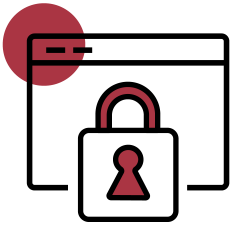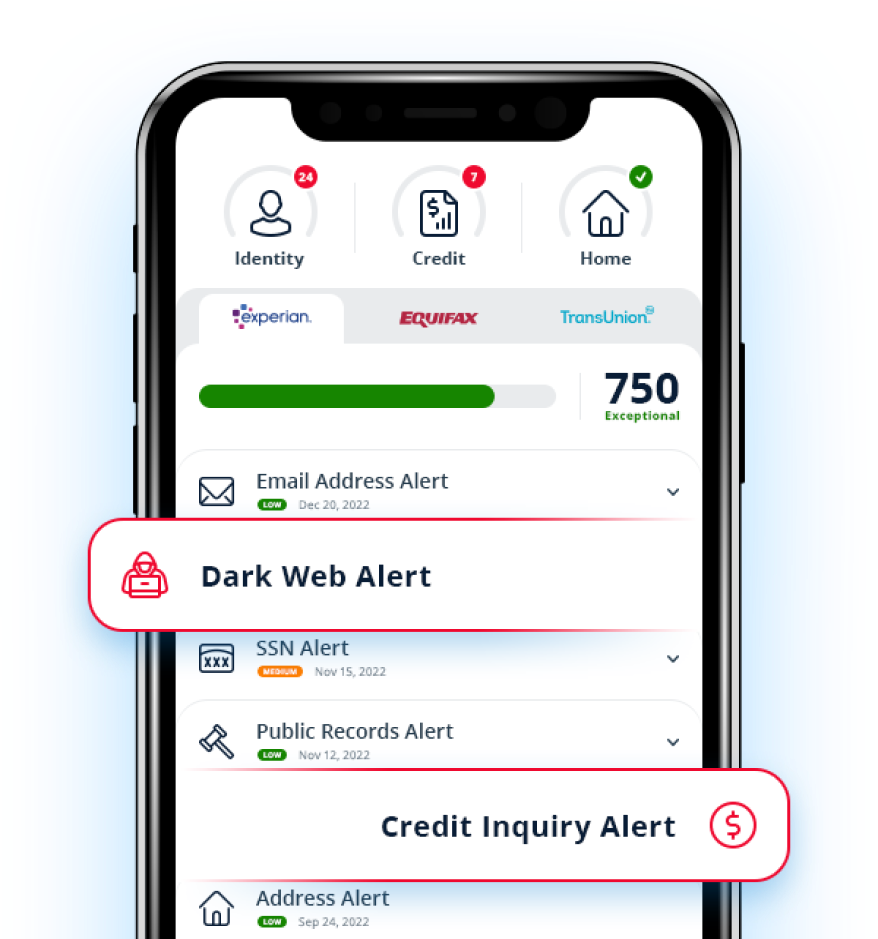Identity theft can happen in many different ways, from online scams to physical theft. Here are some common tactics used by identity thieves and how you can protect yourself:
Unsecured Web Surfing
Using unsecured public Wi-Fi networks can put your personal information at risk. Make sure to use a VPN and avoid entering sensitive information while connected to public Wi-Fi.
Malware
Malware can infect your computer or mobile device through email attachments or infected websites, allowing identity thieves to access your personal information. Install antivirus software and avoid clicking on suspicious links or downloading attachments from unknown sources.
Dumpster Diving Identity Theft
Description: Thieves can search through your trash to find documents containing personal information. Shred any documents containing sensitive information before throwing them away.
Mail Theft
Thieves can steal your mail to obtain your credit card statements, bank statements, or other personal documents. Use a locking mailbox or consider switching to electronic statements.
Change of Address Fraud
Thieves can redirect your mail to a different address by filing a fraudulent change-of-address request. Monitor your mail for any unexpected changes and report any suspicious activity to the authorities.
Stolen Wallet or Lost Social Security Card
Thieves can use the information on your driver's license or Social Security card to open new accounts or apply for loans. Keep your wallet and personal documents secure and report any lost or stolen items immediately.
Email and Phone Scams
Thieves can use phishing emails or phone calls to trick you into giving away your personal information. Be wary of unsolicited emails or calls and avoid giving out sensitive information to unknown parties.
Phishing
Phishing emails or websites can look legitimate but are designed to steal your personal information. Be cautious of any unsolicited emails or websites asking for personal information and verify the source before entering any sensitive data.
Wireless Hacking
Thieves can intercept your wireless signals to steal your personal information. Use strong passwords and encryption to protect your wireless network and avoid transmitting sensitive data over public Wi-Fi.
Shoulder Surfing
Thieves can look over your shoulder to obtain your passwords or other personal information. Be aware of your surroundings when entering sensitive data in public and cover your screen when possible.
Credit Card Theft and Skimming
Thieves can steal your credit card information by physically stealing your card or by using a skimming device to capture your information when you swipe your card. Monitor your credit card statements for any suspicious activity and report any lost or stolen cards immediately.
Weak Website Security
Thieves can obtain your personal information through vulnerable websites or online platforms. Only enter sensitive information on secure, trusted websites and avoid sharing personal information on social media or other public platforms.
Data Breach Threats
Data breaches can expose your personal information to hackers and identity thieves. Monitor your credit reports regularly and take action immediately if you suspect your personal information has been compromised.

















